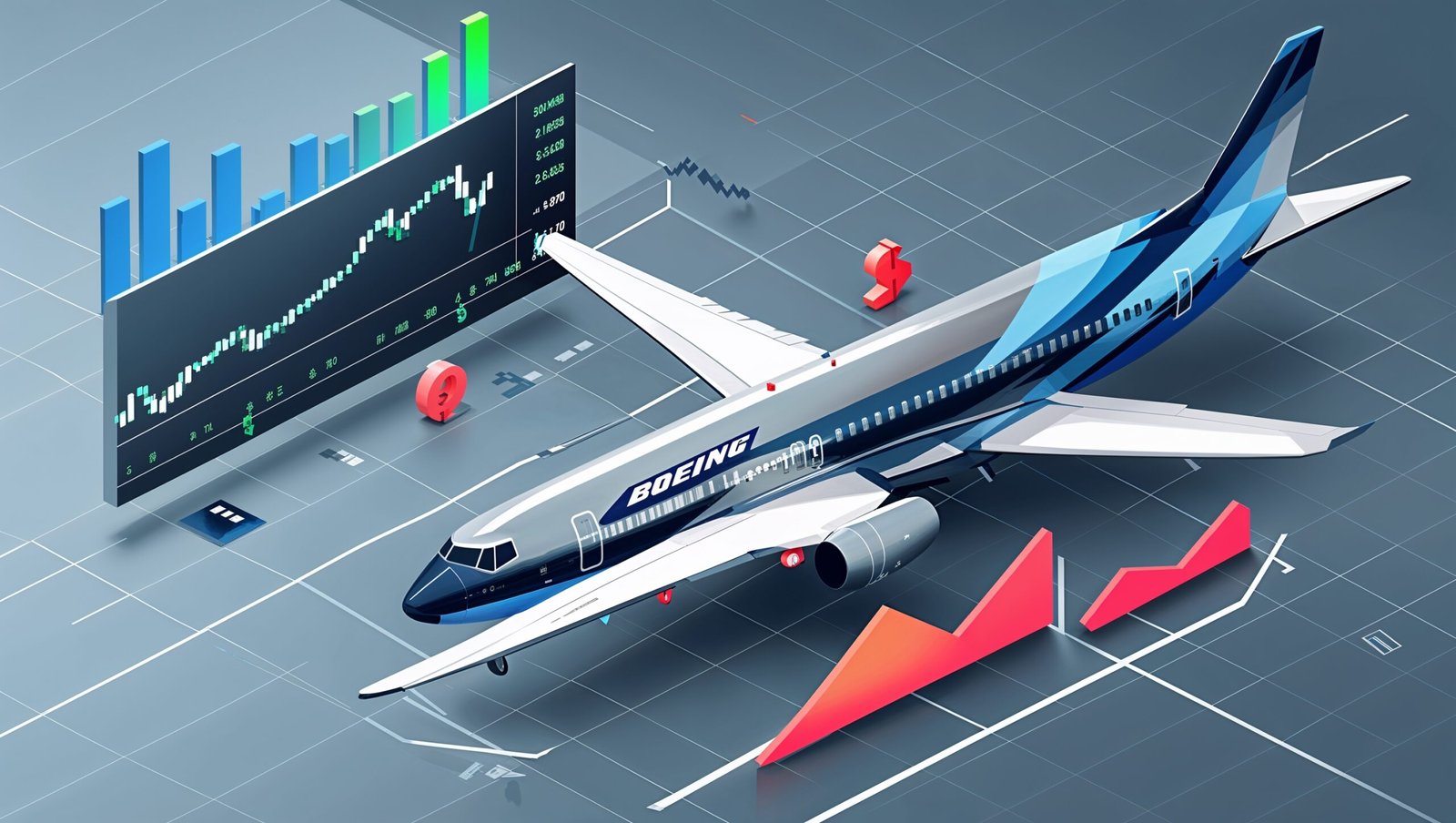The Resurgence of the Boeing 737 MAX: A New Era of Modern Aviation
The Boeing 737 MAX, once a symbol of tumultuous challenges, is now redefining its legacy in the aviation industry. With an intricate tapestry of technological innovations and a fervent commitment to safety, this aircraft model is steadily climbing back into the limelight. As airlines around the globe reaffirm their trust, the 737 MAX is not just an aircraft; it’s the harbinger of a new age of air travel.
Introduction to the Boeing 737 MAX
In the heart of the aerospace world resides the Boeing 737 MAX, a family of aircraft designed to elevate the standards of efficiency and passenger experience. Introduced as an enhancement over its predecessors, this series embodies the convergence of cutting-edge aerodynamics, advanced engines, and pioneering cockpit technologies.
Despite facing critical setbacks, notably the two fatal accidents in late 2018 and early 2019, which led to its global grounding, the journey of the Boeing 737 MAX is being meticulously recharted. Through rigorous scrutiny and overhauls, it is poised to reinstate itself as a cornerstone of modern aviation.
Technological Advancements in the Boeing 737 MAX
At the heart of the 737 MAX’s renaissance are its technological advancements.
- LEAP-1B Engines: These engines, produced by CFM International, offer enhanced fuel efficiency, reduced emissions, and quieter performance, marking a significant leap forward in engine technology.
- Advanced Winglets: The newly designed winglets contribute to an improved aerodynamic profile, reducing drag and increasing efficiency. This is a classic example of how design tweaks can have substantial impacts on overall performance.
- Flight Deck and Avionics: The cockpit of the 737 MAX integrates modern avionics, featuring sleek, large-format displays, and advanced navigation systems, which refine pilot situational awareness.
Safety Revisions and Certification
In response to the safety concerns, extensive and exhaustive evaluations of the Boeing 737 MAX were conducted by aviation authorities worldwide. The pivotal focus was on the aircraft’s Maneuvering Characteristics Augmentation System (MCAS), which underwent significant modifications:
- Enhanced redundancy systems ensuring better flight control.
- Pilot training programs have been revamped, emphasizing correct MCAS operations.
- Continuous monitoring systems have been implemented to track the aircraft’s performance in real-time.
Such comprehensive changes have played an instrumental role in restoring confidence among global regulators, allowing the aircraft to steadily return to service. The FAA, Transport Canada, and EASA, among others, have provided certifications, which speak volumes about the trust in the improvements made.
The Global Impact of the Boeing 737 MAX’s Return
The reinstatement of the 737 MAX has reverberated throughout the global aviation industry. Airlines have eagerly integrated the aircraft into their fleets, appreciating its enhanced efficiency and reduced environmental footprint. This aircraft supports airlines in achieving their broader sustainability goals.
Markets in Asia, South America, and other emerging economies have particularly shown a robust inclination towards the 737 MAX, aligning with their rapid air travel expansion agendas. As international travel surges back to pre-pandemic levels, the aircraft is pivotal in meeting increased demand.
Economics and Market Dynamics
Investors and manufacturers closely watch the 737 MAX’s market dynamics. With order books expanding, Boeing has strategically positioned itself to mend its market perception and financial metrics post-grounding. This model’s success directly influences the competitive equilibrium within the aviation industry.
Prominent airlines, budget carriers, and even startups are banking on this aircraft to reduce operational costs due to its fuel-efficiency advantages. This economic aspect strengthens ties between Boeing and airlines, fostering mutually beneficial relationships.
Environmental Considerations and Sustainability
In an era where environmental impact is a pivotal concern, the 737 MAX helps reduce carbon footprints. The innovative engines and improved aerodynamics allow airlines to cut fuel consumption and emissions effectively. Many airlines are using these advancements to bolster their eco-friendly strategies and commitments to sustainability initiatives.
Public and Passenger Perception
The passenger perception of the Boeing 737 MAX has been a subject of significant interest. While initial apprehensions were palpable, surveys indicate a steady rise in consumer trust. Airlines have been proactive in educating passengers about the enhancements and regulatory endorsements, which has fostered a positive sentiment.
With increased openness about safety measures and transparency in operations, the passenger confidence in flying on the 737 MAX has seen a substantial uptick.
Conclusion: A Future Reimagined
The Boeing 737 MAX exemplifies resilience and innovation. Through its transformative journey, it has set new standards in aviation safety, technology, and sustainability. The successful rehabilitation of this model is not just a victory for Boeing but the entire aviation sector—a promising continuation of a storied legacy.
People Also Ask
- What significant changes were made to the Boeing 737 MAX’s MCAS system?
The MCAS system underwent modifications for enhanced redundancy, better flight control, and improved pilot training, focusing on proper operations. - Why is the Boeing 737 MAX vital to sustainability goals?
The aircraft features fuel-efficient engines and design that significantly reduce emissions, helping airlines meet sustainability targets. - How has public perception changed towards the Boeing 737 MAX?
With increased safety measures and transparency from airlines, public confidence has improved significantly, preferring the model for its advancements. - Which markets are showing the most interest in the Boeing 737 MAX?
Emerging markets in Asia and South America are particularly interested, aligning with their expanding air travel needs and environmental commitments. - What role does the Boeing 737 MAX play in Boeing’s financial recovery?
With expanding orders, the 737 MAX is crucial in mending Boeing’s market perception and improving financial metrics post-grounding.







